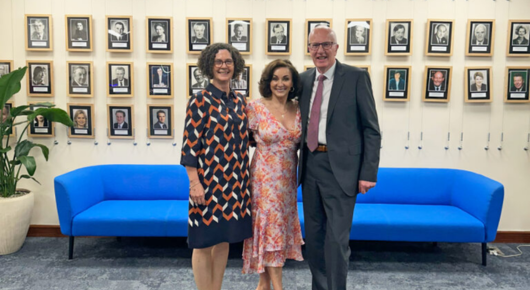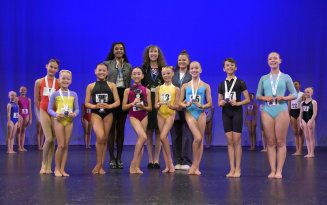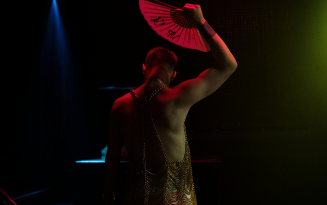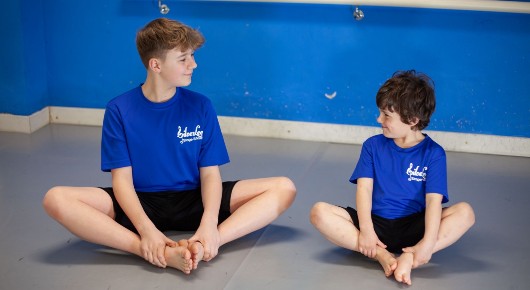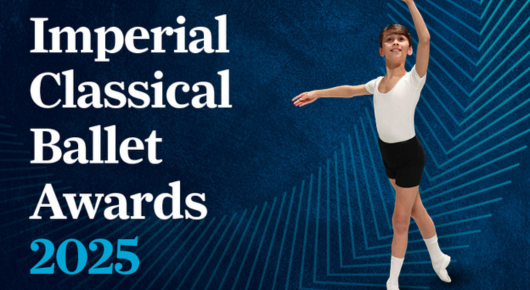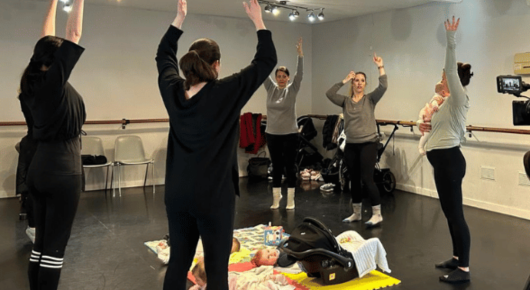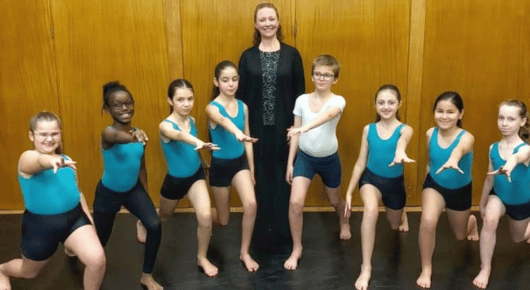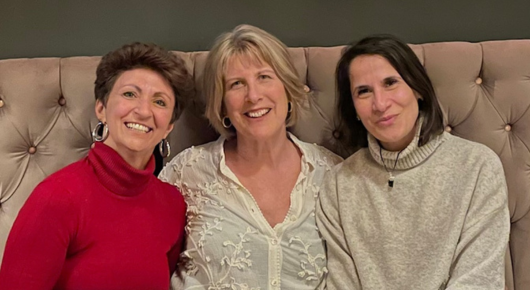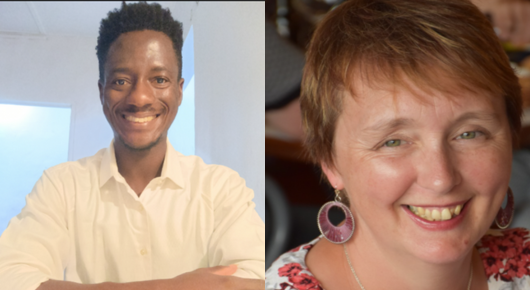2 April 2024
In the Arts Council report ‘Equality, Diversity and the Creative Case’ (2019/2020), dance, of all the performing arts, has the lowest workforce with only 5% of people identifying as disabled – a disappointing statistic that team members like Mick* and Rosie* are helping to shift.
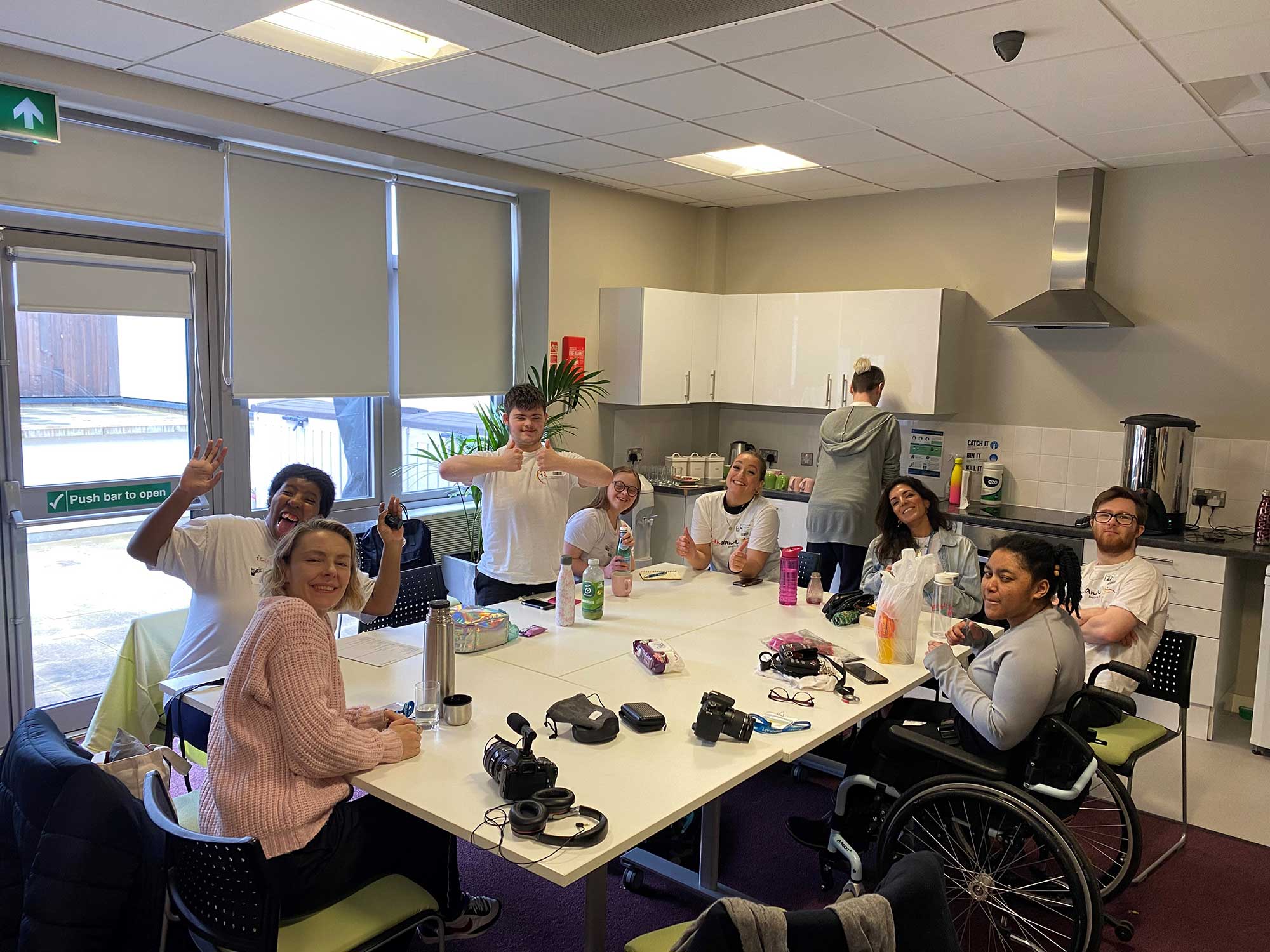
Photo supplied by Juliet Diener
Mick is a Co-Facilitator at icandance, working one day per week at a Special Educational Needs School in London. Mick works alongside a Lead Facilitator supporting disabled young people to engage in dance and movement sessions. He is learning disabled and Autistic, with a gift for dancing, having being part of the icandance community for over 15 years, first as a dancer and now as a team member. When asked if he thinks his role is important, Mick answers with an enthusiastic "Yes!" and he is absolutely right.
Being employed as a disabled young adult, Mick is in the minority, as disabled people are twice as likely to be unemployed as non-disabled people, and three times as likely to be economically inactive (Scope). Mick is 28 years old, and this is the first paid position he has held. Mick understands his role is to help with the children, by “teaching some movement and doing a warm-up". When asked what it feels like working at icandance, he responds, "calm, happy, relaxed and I enjoy talking to other staff".
"When asked if he thinks his role is important, Mick answers with an enthusiastic ‘Yes!’ and he is absolutely right."
The work opportunity for Mick is not only about what happens inside the dance studio, but his opportunity to feel truly valued is built on the relationships he creates with the rest of the icandance team, and other colleagues in the school setting. This is not a token role where Mick occupies space to meet a diversity quota – Mick is needed and offers insights and skills that come from lived experience and representation.
Mick represents what is possible to every disabled child who participates in our dance sessions, knowing that their love of dance can develop into a career choice and that diversity is welcome: not only in experiencing opportunities but by creating them for others too. He also demonstrates to every non-disabled child that disability is not a barrier to being employed. That dance, alongside being an art form to enjoy, offers opportunities for livelihood.”
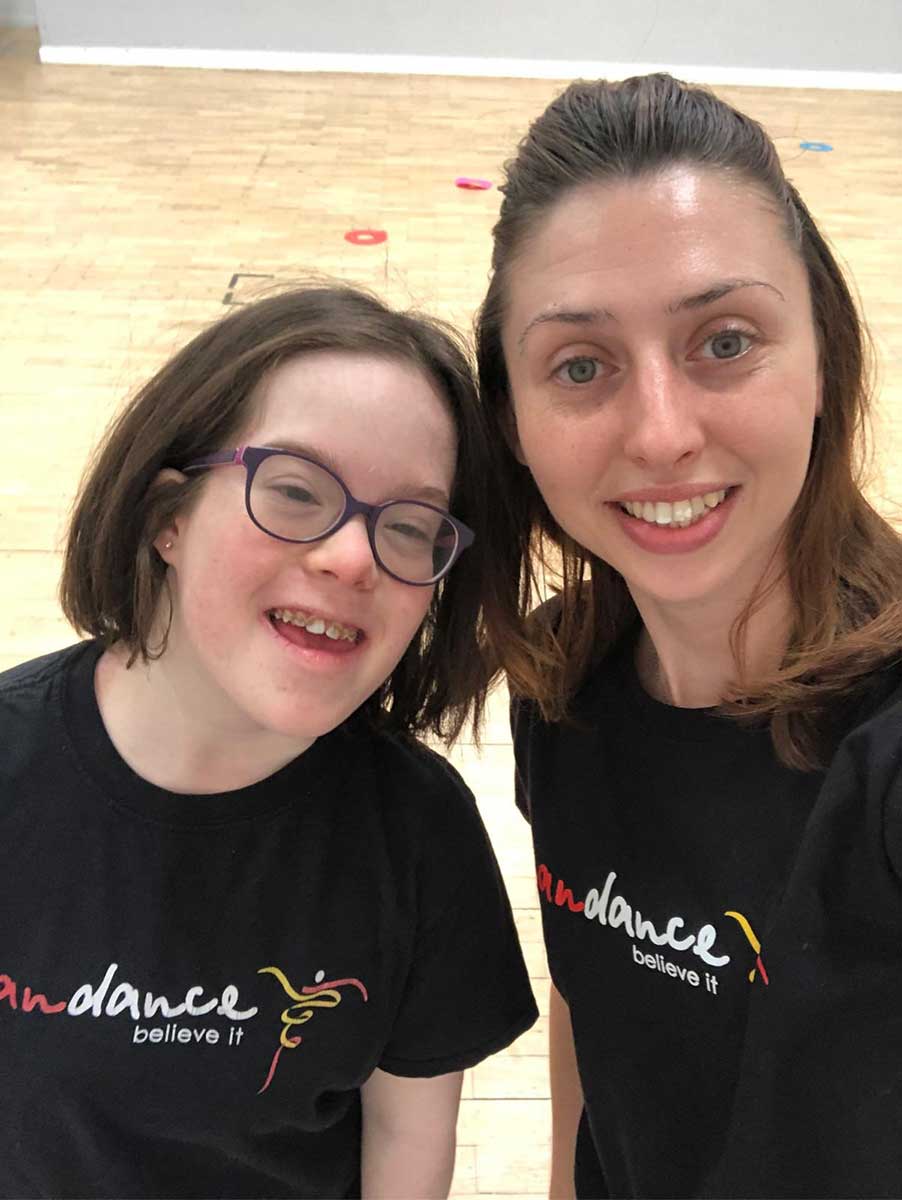
Photo supplied by Juliet Diener
Rosie is also employed once a week in a school setting with icandance, working as a Co-Facilitator as part of a funded grant from John Lyons Charity. When reflecting on her role Rosie states she finds it ‘easy’ because ‘she loves to dance’ and has been doing so for a long time. She feels able to fulfil the job requirements, though did express that long days of work can be tiring.
"Rosie recalls being quite nervous before starting her role, but the training and ongoing mentoring has supported her as she continues to grow in her confidence."
Rosie recalls being quite nervous before starting her role, but the training and ongoing mentoring has supported her as she continues to grow in her confidence. When asked what she likes most about her work with icandance, Rosie responds "everything!". As a 22-year-old young woman with Down Syndrome, there are some success stories in the media, with the most recent win by James Martin at the Oscars and Tommy Jessop, a successful actor and now recent author. Publicised success by those with disabilities offers aspirational markers for dance artists like Mick and Rosie.
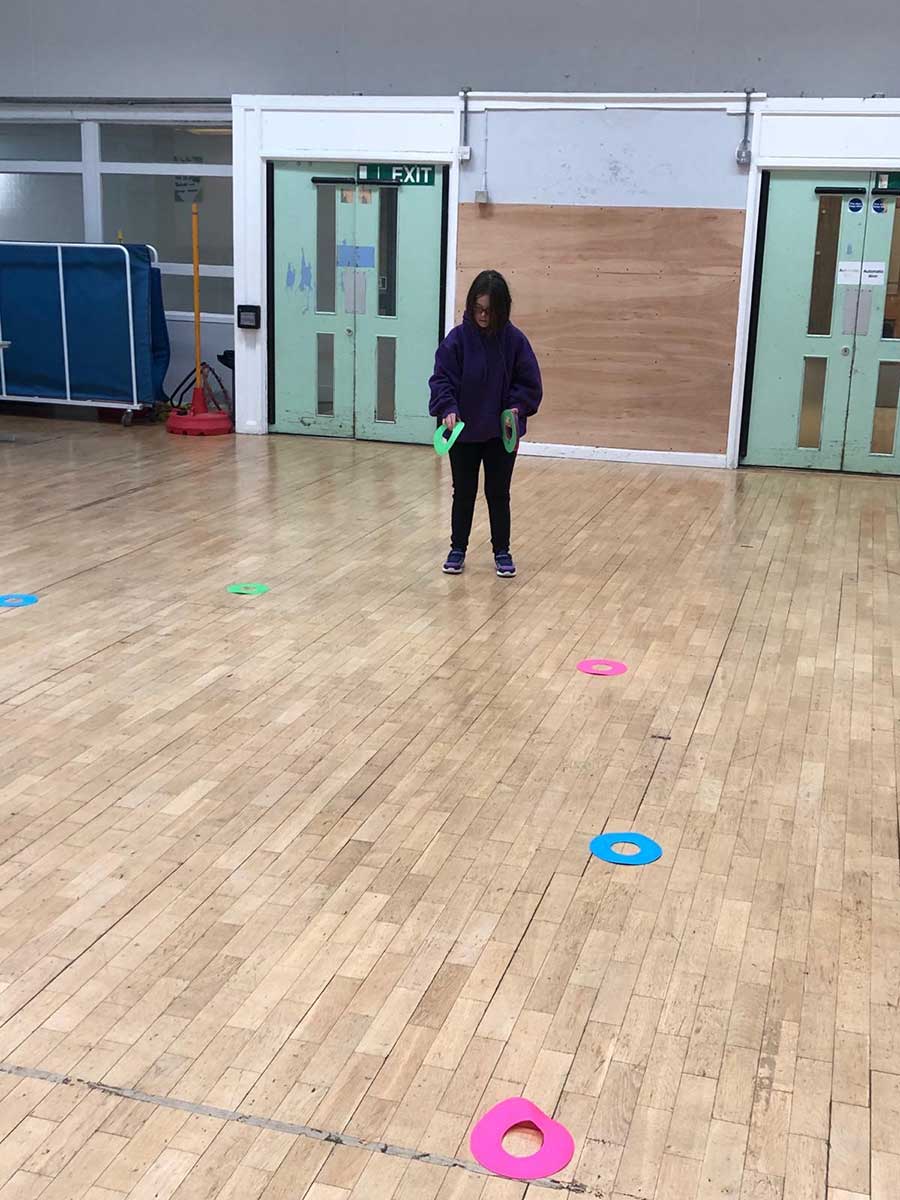
Photo supplied by Juliet Diener
Most excitedly for both Rosie and Mick, employment offers the opportunity to receive payment. "I think I’m going to get something for my dad for his birthday," says Rosie, when asked what she is going to do with her new salary. "I want to buy something for icandance," offers Mick, wanting to share in his good fortune. Regardless of how they choose to spend their well-earned salaries, the opportunity of being paid an appropriate wage that is equal to peers in their working role and experience, once again values their contribution and affirms the importance of what disabled employees have to offer the workforce. Making sure the workplace remains inclusive with the best opportunity for success.
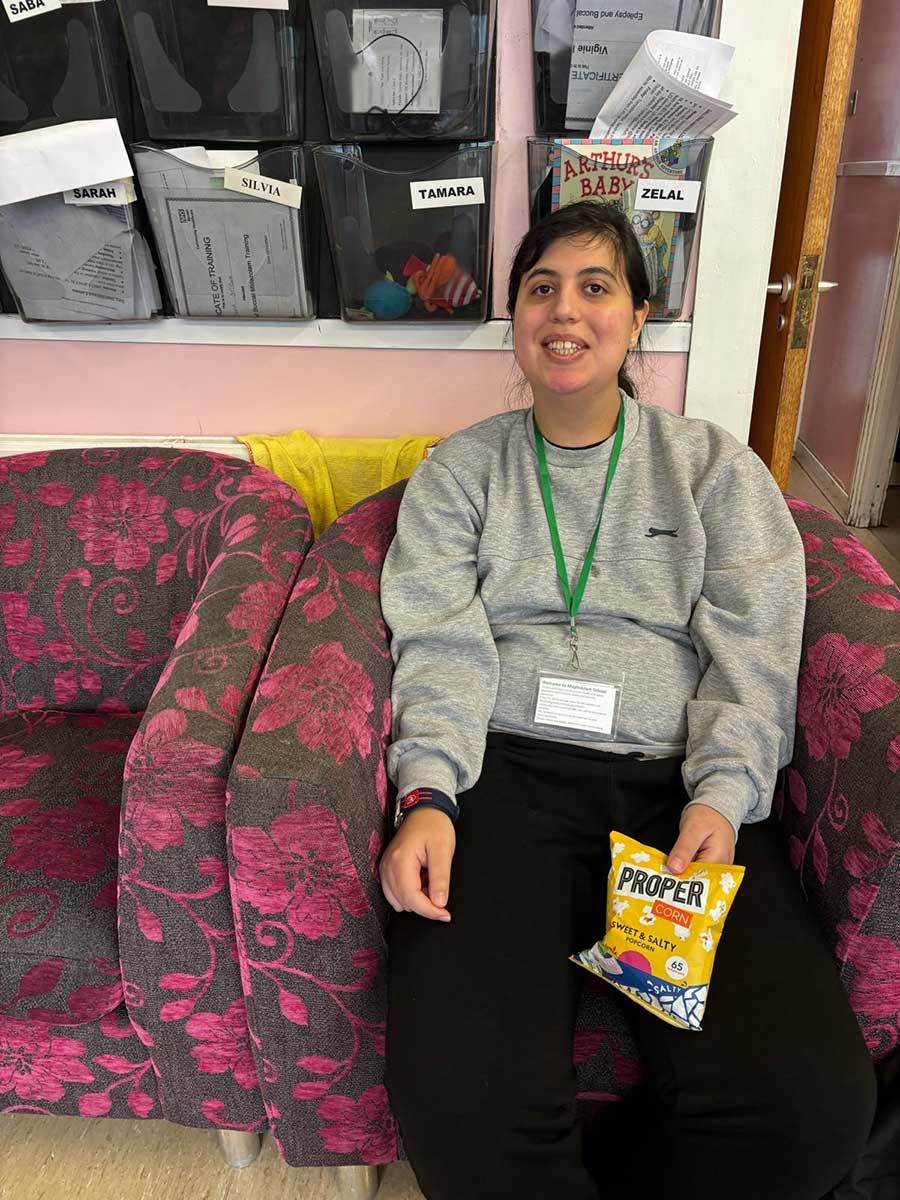
Photo supplied by Juliet Diener
These steps have supported creating an inclusive working environment:
1. Ongoing Mentoring
Both Rosie and Mick always have a named mentor/team member on site with them through their working day. They support their learning and overall experience, as well as debriefs and reflects with them after sessions and creates opportunities for them to lead. Planning the day together is crucial, so their needs are thought about and the working day feels attainable. icandance offers off site training sessions once a term for Rosie and Mick where they meet as a group with other disabled co-facilitators and team members to discuss their learning, as well as contribute to plans for the following weeks of leading sessions. These opportunities remind them that their contribution is valued and is used to find accessible ways for them to develop their skills.
2. Maintaining Partnerships
The settings in which Rosie and Mick are working were part of the initial support circle. Maintaining that understanding and collaborative partnering is crucial to maintaining the success of the role. We continued to work with each setting offering training and ongoing discussions, to maintain a positive and successful working experience over time.
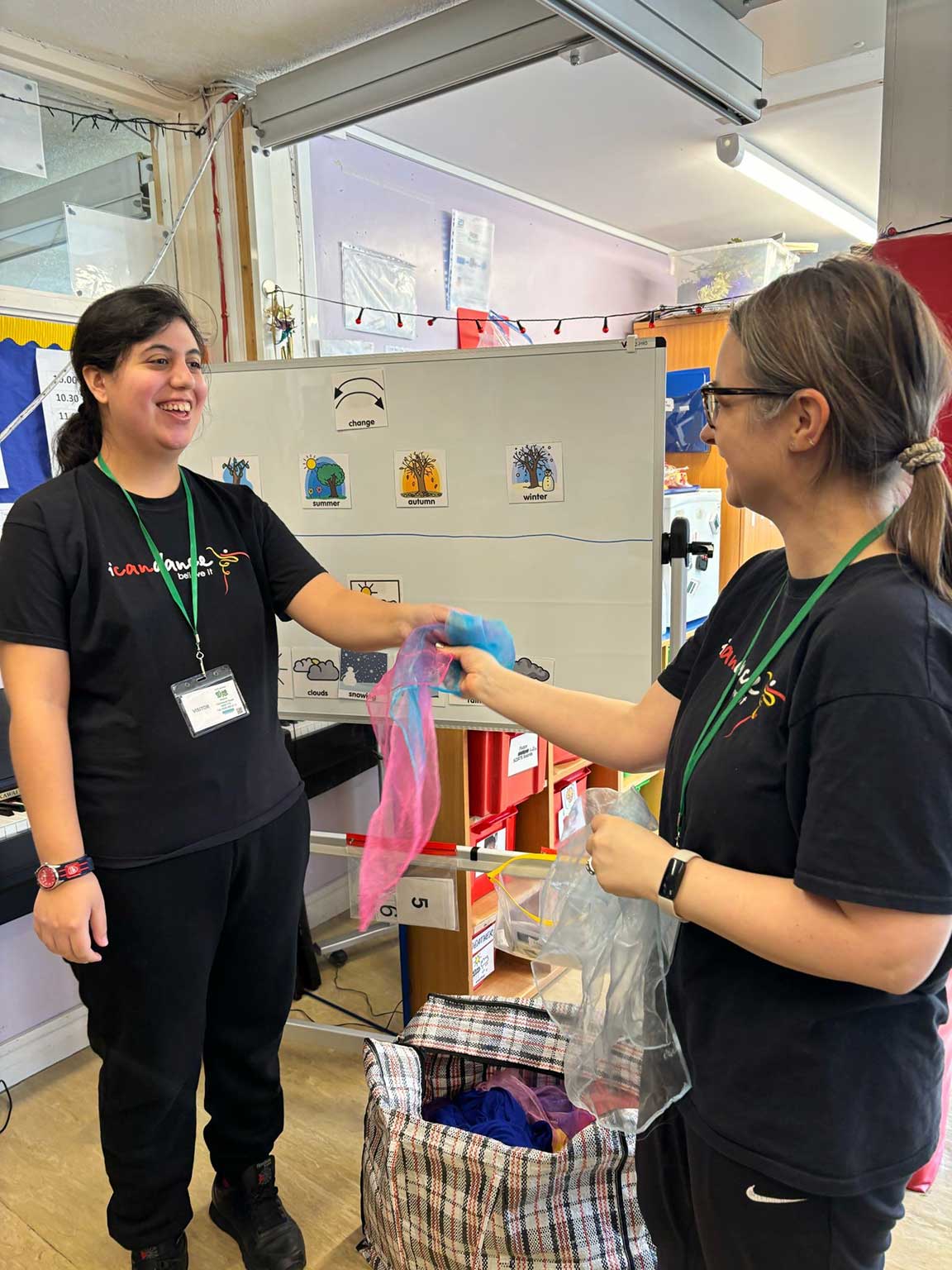
Photo supplied by Juliet Diener
3. Plan for success
Details are crucial when offering inclusive employment opportunities. Nothing should be left to chance and the needs of the disabled employee should be held in mind continuously. Carefully planning will often require others to be part of making sure that the working day is carefully considered and accessible for the disabled worker.
4. Reflective Practice
It is important to note that the needs of the disabled worker may change over time and that ongoing reflective practice considers the needs of the disabled team member through these changes. Employers must be responsive and considered in decisions, and open to making adaptions as life experience may impact engagement with the working day.
Having a diverse team has enriched our learning as an organisation and extended our reach as an inclusive community, embodying our values and widening the scope of what is possible through dance.
-Written by Juliet Diener, icandance Founder and ISTD Trustee
*Pseudonyms have been used.

